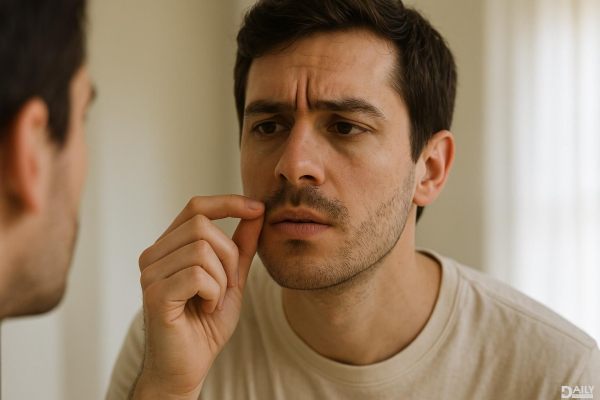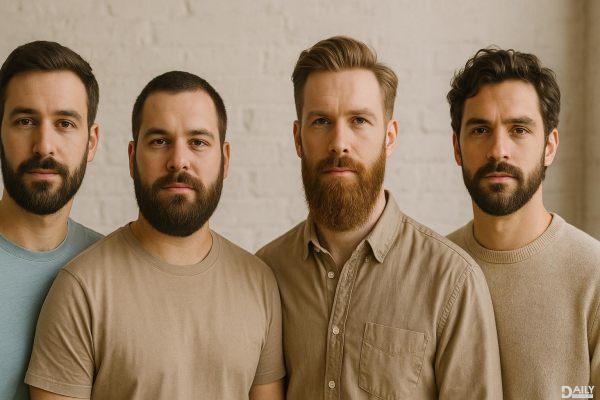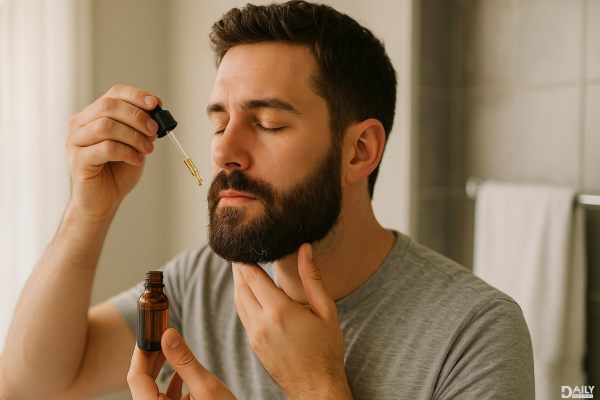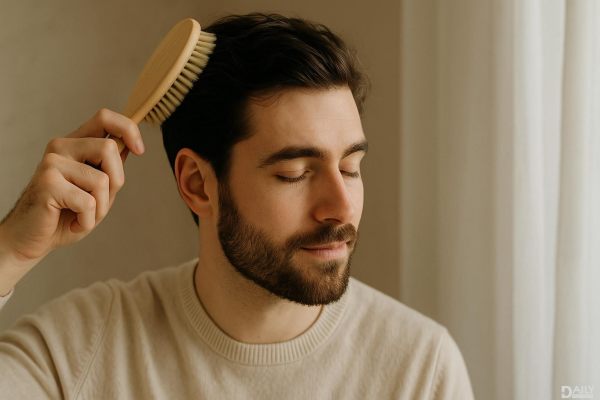Yes, anyone can grow a mustache—but whether it’s a full, glorious handlebar or a wispy shadow depends on genetics, age, and a few other factors. Facial hair growth isn’t a one-size-fits-all deal, and while some guys can rock a thick ‘stache by their late teens, others might need to wait a bit longer or embrace a more minimalist look. The truth is, growing a mustache is a mix of patience, care, and understanding your body’s unique hair-growing potential.

Facial hair growth is primarily driven by hormones, specifically testosterone and its derivative, dihydrotestosterone (DHT). During puberty, these hormones kickstart the development of secondary sexual characteristics, including facial hair. However, the density, thickness, and pattern of your mustache are largely determined by your genetic makeup. If your dad or grandpa could grow a bushy mustache, chances are you’ll have an easier time growing one too. On the flip side, if your family tree leans toward sparse facial hair, you might have to work with what you’ve got.
Age plays a significant role in mustache growth. Most guys start noticing facial hair in their teens, but it’s often patchy or thin. By your early 20s, your hormone levels stabilize, and your facial hair might start filling in more. Some men continue to see improvements into their 30s and even 40s. That said, age isn’t the only factor—some younger guys can grow impressive mustaches, while others might struggle well into adulthood. It’s all about your body’s timeline.
Ethnicity can also influence your mustache-growing potential. For example, men of Mediterranean, Middle Eastern, or South Asian descent often have thicker, faster-growing facial hair compared to those of East Asian or Native American descent. This doesn’t mean one group is “better” at growing mustaches—it’s just a reflection of genetic diversity. Understanding your genetic background can help set realistic expectations for your mustache journey.
Growing a mustache isn’t an overnight process. It can take weeks or even months to see significant growth, especially if you’re starting from scratch. Resist the urge to trim or shave too soon—give your hair time to grow and fill in. If your mustache looks patchy at first, don’t panic. Many guys experience uneven growth initially, but with time, it often evens out. Remember, even the most iconic mustaches started as a few scraggly hairs.
While genetics and hormones do most of the heavy lifting, proper grooming can make a big difference. Keep your skin clean and moisturized to create a healthy environment for hair growth. Use a quality beard oil or balm to keep your mustache soft and manageable. Regular trimming can help shape your mustache and prevent it from looking unkempt. If you’re aiming for a specific style, like a handlebar or chevron, invest in a good comb and some mustache wax to keep it in place.
If you’re in your late 20s or older and still struggling to grow a mustache, it might be worth consulting a dermatologist or endocrinologist. Hormonal imbalances, nutritional deficiencies, or underlying health conditions could be affecting your hair growth. In some cases, treatments like minoxidil (the active ingredient in Rogaine) or hormone therapy might help, but these should only be used under medical supervision.
At the end of the day, not everyone can grow a Tom Selleck-level mustache—and that’s okay. Whether your mustache is thick, thin, or somewhere in between, it’s a part of who you are. Rock it with confidence, and don’t let societal expectations dictate your style. After all, a mustache is more than just facial hair—it’s a statement.
So, can anyone grow a mustache? Absolutely. But the journey and the final result will look different for everyone. Whether you’re blessed with a thick, bushy ‘stache or rocking a more subtle look, the key is to embrace your unique facial hair journey and have fun with it. After all, a mustache is more than just hair—it’s a badge of individuality.
























